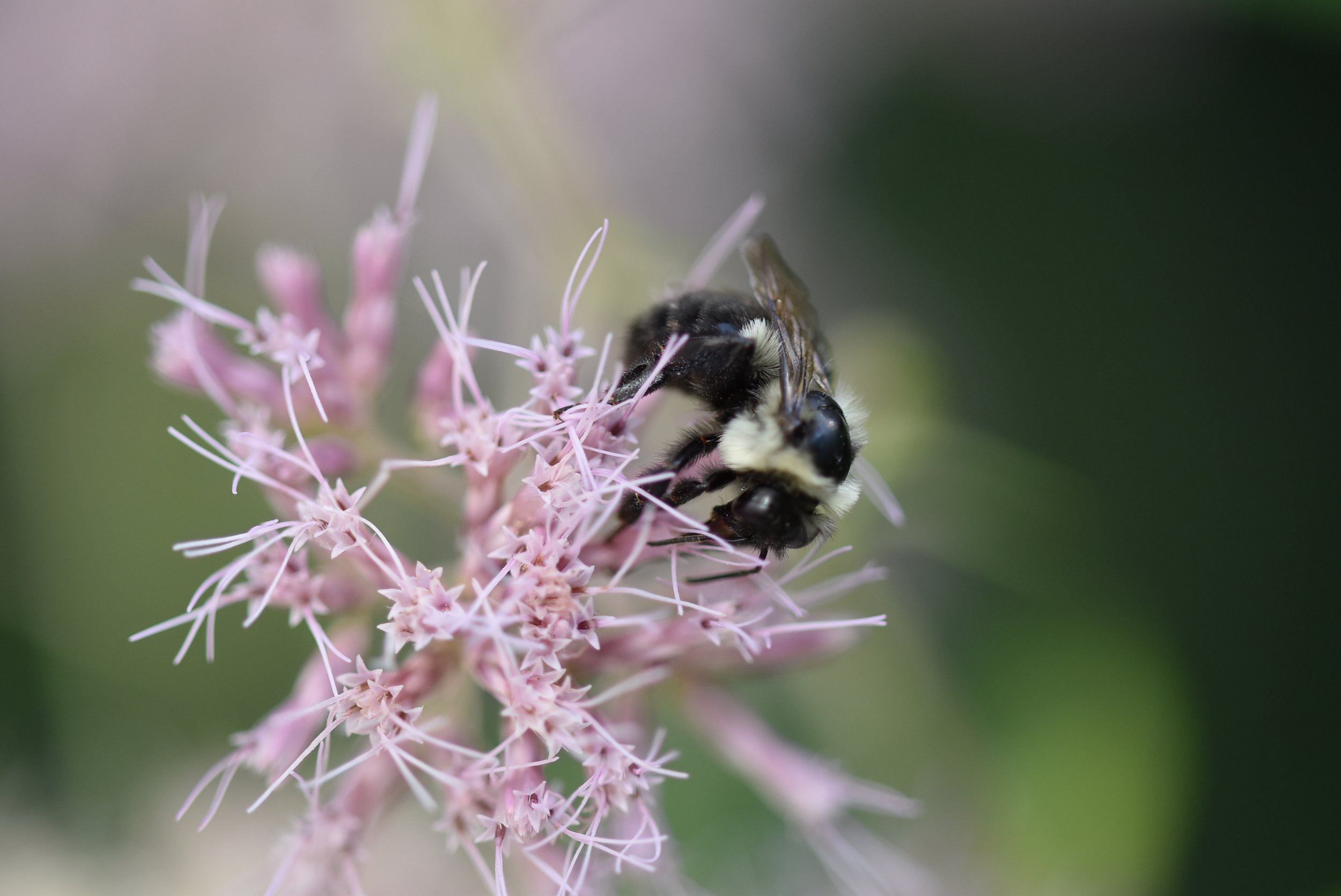
Garden Design and Coaching
Specialists in designing with native plants.
Whatever your growing area, from pots on a balcony to acres of rural landscape, we would love to help you contribute to conservation.
We can provide advice and coaching, from adding a few well-chosen native species to an existing landscape to a full new garden design plan.
”Habitat is rapidly being converted from coevolved native ecosystems into novel assemblages of plants and animals, making the conversion of native plant communities into plant assemblages dominated by non-native species one of the most ubiquitous threats to biodiversity today.”
Plants, and native plants in particular, are the foundation of ecosystems on which life depends. Native plant communities support a great deal more biodiversity than introduced plants, and conserving and increasing native plant populations is critical for maintaining biodiversity. Conserving existing native plant habitat, using native plants in landscaping and adopting ecologically sustainable landscape management practices are all vital.
At Sugarbush Ecological Landscapes, we are passionate about bridging the disconnect between gardening, landscaping and ecology.
All our designs use only species native to the region your garden is located (we can go further and will happily research and design gardens that are native to the county level where there is sufficient data).
We research our gardens with great care, combining your landscape goals and horticultural and artistic considerations with the latest scientific findings to maximize the ecological value of your spaces.
Each of our designs is unique, but all share some key concepts at heart:
We always use species native to your region.
We look to increase plant diversity overall, with the intentional inclusion of keystone genera that support high numbers of Lepidoptera (butterflies and moths) as these play such a critical role in healthy ecosystems.
We work to include plants from genera that typically support the most specialist insects, together with diversity at the taxonomic family level, to support as much biodiversity as possible. We also try to prioritize some of the less common species or those that are of conservation concern.
We carefully consider phenology, and plan the garden to ensure continuous bloom time and resources for as long as possible over the growing season.
We always use straight native species in our designs, unless there is a specific need for a particular cultivar (for example for disease resistance).
We echo native plant communities and incorporate the latest scientific research into planting plans and design decisions wherever possible. (For example a recent study found that the layout of a garden strongly influences the extent to which milkweed plants are found and used by monarchs (Baker & Potter, 2019).
We strongly encourage our clients to source their plants neonicotinoid-free, and to use no chemicals. Our intention is to create functional, healthy, stable ecosystems with sufficient biodiversity; herbivory is a sign that insects are contributing to the ecosystem, and in a balanced ecosystem native insect levels are kept largely in check by natural predators and parasitoids and will not kill healthy plants.
